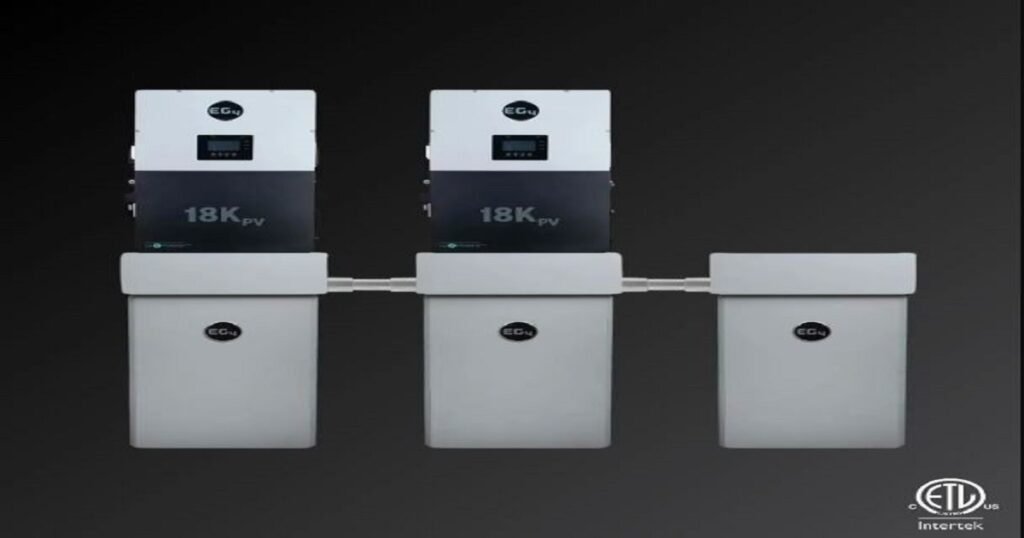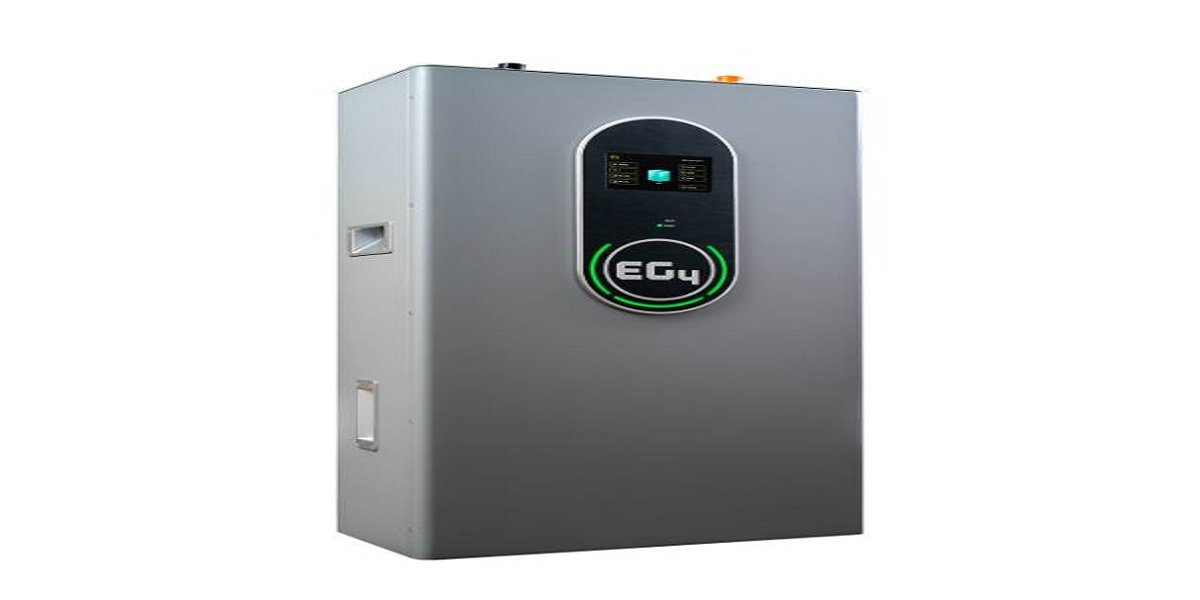In the rapidly evolving world of renewable energy, batteries play a crucial role in storing and distributing power. However, as with any technology, safety is paramount. Proper venting and adherence to fire codes are essential to ensure the safe operation of battery systems. This comprehensive guide explores the importance of battery venting, fire code compliance, and best practices for maintaining safety in battery installations.
Understanding Battery Venting
What is Battery Venting?
Battery venting refers to the process of releasing gases produced during the normal operation or malfunction of a battery. These gases, if not properly vented, can accumulate and create hazardous conditions, such as pressure build-up, explosions, or fires.
Why is Venting Important?
Proper venting is crucial for several reasons:
- Prevents Pressure Build-Up: Batteries, especially lead-acid and lithium-ion types, can produce gases like hydrogen and oxygen during charging and discharging. Venting prevents these gases from building up pressure inside the battery casing.
- Reduces Fire Risk: Accumulated gases can be flammable. Adequate venting helps to dissipate these gases, reducing the risk of ignition and fire.
- Ensures Safe Operation: Venting helps maintain optimal operating conditions for batteries, prolonging their lifespan and ensuring consistent performance.
Fire Code Compliance
Importance of Fire Code Compliance
Adhering to fire codes is essential for the safe installation and operation of battery systems. Fire codes are designed to minimize the risk of fire and ensure the safety of people and property. Non-compliance can result in serious consequences, including legal penalties, property damage, and loss of life.
Key Fire Codes for Battery Systems
- NFPA 1 (Fire Code): Provides comprehensive requirements for fire prevention, protection, and safety, including guidelines for battery storage and handling.
- NFPA 70 (National Electrical Code): Covers electrical wiring and installation requirements, ensuring safe electrical practices for battery systems.
- NFPA 855 (Standard for the Installation of Stationary Energy Storage Systems): Specifically addresses the installation of energy storage systems, including batteries, outlining safety measures and best practices.
- International Fire Code (IFC): Offers guidelines for fire prevention and protection, including specific provisions for battery storage and handling.
Best Practices for Compliance
- Understand Local Regulations: Fire codes can vary by location. It’s crucial to understand and comply with local regulations and standards.
- Proper Installation: Ensure that batteries are installed according to manufacturer guidelines and fire code requirements.
- Regular Inspections: Conduct regular inspections of battery installations to identify and address potential fire hazards.
- Emergency Preparedness: Develop and implement emergency response plans to handle battery-related incidents, including fires and gas leaks.
- Training and Education: Provide training for personnel on the safe handling, installation, and maintenance of battery systems.
Common Challenges in Battery Venting and Fire Code Compliance
Challenge 1: Understanding Complex Regulations
Navigating the complex landscape of fire codes and regulations can be challenging. Different types of batteries and installations may be subject to varying requirements, making it essential to stay informed and updated.
Challenge 2: Ensuring Proper Ventilation
Designing and implementing effective ventilation systems for battery installations can be complex. Factors such as the type of battery, installation environment, and expected gas production must be considered.
Challenge 3: Maintaining Safety in High-Density Installations
As the use of battery systems grows, so does the density of installations. Ensuring safety in environments with high battery densities, such as data centers and large-scale storage facilities, requires careful planning and adherence to fire codes.

FAQs
Common gases produced by batteries include hydrogen and oxygen. These gases are typically generated during the charging and discharging cycles. Hydrogen, in particular, is highly flammable and can pose significant risks if not properly vented.
To ensure compliance, start by familiarizing yourself with relevant fire codes and regulations, such as NFPA 1, NFPA 70, NFPA 855, and the International Fire Code. Consult with experts and consider hiring a certified installer to ensure that your battery system meets all safety requirements.
Signs of improper venting include unusual smells, visible gas leaks, bulging battery casings, and an increase in temperature. If you notice any of these signs, it’s essential to address the issue immediately to prevent potential hazards.
Yes, different types of batteries have specific ventilation requirements. For example, lead-acid batteries produce more hydrogen gas compared to lithium-ion batteries and therefore require more robust ventilation systems. Always refer to the manufacturer’s guidelines and fire code requirements for specific ventilation needs.
In case of a battery-related fire, follow these steps:
Evacuate the area immediately.
Call emergency services and provide detailed information about the fire.
If trained and it is safe to do so, use a Class D fire extinguisher for metal fires or a Class ABC extinguisher for electrical fires.
Avoid using water on lithium-ion battery fires, as it can exacerbate the situation.
Conclusion
Proper battery venting and fire code compliance are critical components of safe battery system operation. Understanding the importance of venting, adhering to fire codes, and implementing best practices can significantly reduce the risk of fire and ensure the safe and efficient operation of battery installations. By staying informed and proactive, you can protect your property, personnel, and investments from the potential hazards associated with battery systems.
